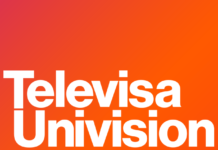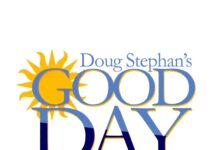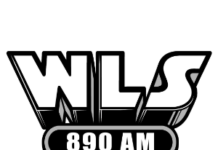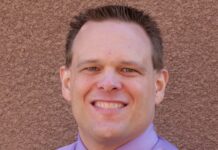Broadcasting is a unique business. After all, in what other business would it be deemed funny to play April Fools jokes on customers. Think if you were the butt of the joke while eating a restaurant meal (surprise, it’s not really edible – barf!), or fueling your car (boom!).
Yet radio stations in the past on April 1st have treated their listeners to pranks that have caused significant distress, diverted police resources from legitimate crises, and posed a substantial threat to public safety.
The FCC’s broadcast hoax rule (Section 73.1217) prohibits the broadcast of false information concerning a crime or a catastrophe when: (1) the broadcaster knows the information is false; (2) it is foreseeable that the broadcast of the information will cause substantial public harm; and (3) the broadcast of the information does, in fact, directly cause substantial public harm.
Rather than writing the usual “Groundhog Day” type of column that appears every year at this time from communications attorneys warning against April Fools Day stunts that violate the FCC’s broadcast hoax rule, I would rather take the approach of what is allowed on April 1st. Such an approach, however, is difficult. Even if the broadcast hoax rule itself, which is paraphrased above, is not specifically violated, there are many other April 1st stunts such as joke contests, or use of EAS tones even if to warn of sunshine and blue skies, that would violate FCC rule sections and policies.
The FCC’s broadcast hoax rule, adopted in 1992, is specific. The prohibited “public harm” that occurs as a result of the broadcast of false information concerning a crime or catastrophe must begin immediately. Further, it must cause direct and actual damage to property or to the health or safety of the general public, or diversion of law enforcement or other public health and safety authorities from their duties.
The FCC says that “the public harm will be deemed foreseeable if the licensee could expect with a significant degree of certainty that public harm would occur.” Further, the FCC states that a “crime” is any act or omission that makes the offender subject to criminal punishment by law, and a “catastrophe” is a disaster or imminent disaster involving a violent or sudden event.
The broadcast hoax rule was adopted expressly to prohibit broadcast hoaxes that are harmful to the public. A radio broadcast that is harmful to the public also invariably exposes the station to potential civil and criminal liability.
Interestingly, the FCC, in adopting the prohibition against broadcast hoaxes, gave as an example of a broadcast that would not be covered under the rule, a broadcast about amoebas invading the city, stating that this was an “obvious hoax”. On the other hand, the FCC noted that the broadcast of a mock nuclear attack on the United States with a siren sounder, was not an obvious hoax and merited a $25K fine. Likewise, a false report of a nearby volcanic eruption merited an admonishment to a radio station prior to the adoption of the actual hoax rule (this was a Los Angeles station – perhaps if the station had been in the middle of Kansas it would have been obvious?).
In adopting its hoax rule, the FCC stated that it was not its intent to “restrict harmless pranks, or to deter broadcasts that might upset some listeners but do not pose a substantial threat to public health or safety”. Unfortunately, these words of the FCC come as close as anyone can come to saying in today’s regulatory environment what is acceptable for a radio station April Fools Day prank. If a station is wrong and receives an Enforcement Bureau inquiry letter as a result of a broadcast hoax, the joke will be upon it.







